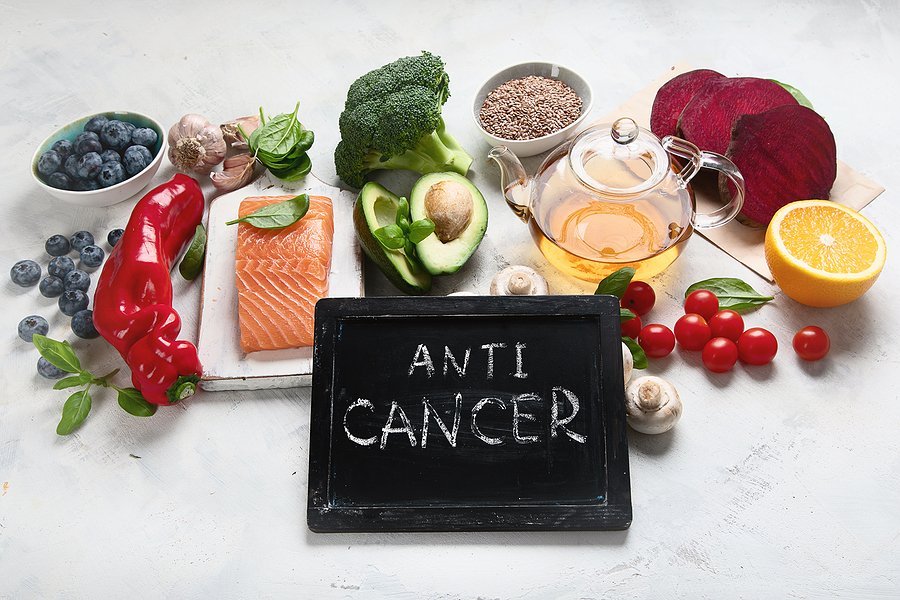Prevention
Cancer Prevention
Yoga and Cancer
5 Proven Cancer Causing
Diet and Cancer
10 Facts About Cancer
- About 90 % of all lung cancer is related to smoking which is preventable.
- Only 5 to 10% of cancers are entirely hereditary.
- Breastfeeding can counter the incidence of breast cancer. [src].
- Safe sex plays an important role in cancer prevention.
- Limiting salt and sugar intake can reduce cancer risk.
- Moringa Olifera or drumstick have cancer preventive properties.
- Being physically active for at least 30 minutes every day reduces cancer risk.
- In developing countries, 20% of cancer deaths can be prevented by immunization against HBV and HPV.
- More than 30% of cancer could be prevented by – not using tobacco, having a healthy diet, being physically active, and moderating the use of alcohol.
- Using supplements do not guarantee cancer prevention.
Facts 1
About 90 % of all lung cancer is related to smoking which is preventable.
Facts 2
Only 5 to 10% of cancers are entirely hereditary
Facts 3
Breastfeeding can counter the incidence of breast cancer. [src].
Facts 4
Safe sex plays an important role in cancer prevention
Facts 5
In developing countries, 20% of cancer deaths can be prevented by immunization against HBV and HPV.

Facts 6
Moringa Olifera or drumstick have cancer preventive properties.
Facts 7
Being physically active for at least 30 minutes every day reduces cancer risk.
Facts 8
Limiting salt and sugar intake can reduce cancer risk.
Facts 9
More than 30% of cancer could be prevented by – not using tobacco, having a healthy diet, being physically active, and moderating the use of alcohol.
Facts 10
Using supplements do not guarantee cancer prevention.
Prevention is always better than cure.
More than 30% of cancer deaths could be prevented by modifying or avoiding key risk factors .
It may surprise anyone to know that at least one of three cancer cases are preventable and the number of cancer deaths could be reduced significantly by choosing a cancer-smart lifestyle.
Normally people believe that getting cancer is purely down to genes, fate or bad luck. But scientific research has proved that our risk actually depends on a combination of our genes, our environment and certain aspects of our lives, many of which we can control. There are a few simple steps or changes in lifestyles you can make to minimise cancer risk.
Cancer is caused by damage to our DNA, the chemical instructions that tell our cells what to do. Things in our environment, such as UV rays, or our lifestyle, such as the cancer-causing chemicals in tobacco, can damage our DNA. This damage builds over time. If a cell develops too much damage in its DNA, it can start to multiply out of control. This is how cancer starts.
More than 13,000 cancer deaths each year are due to smoking, sun exposure, poor diet, alcohol, inadequate exercise and/or being overweight.
- Tobacco use
- Being overweight or obese
- Unhealthy diet with low fruit and vegetable intake
- Lack of physical activity
- Alcohol use
- Sexually transmitted HPV-infection
- Infection by HBV
- Ionizing and non-ionizing radiation
- Urban air pollution
- Indoor smoke from household use of solid fuels
Tobacco use is the single most important risk factor for cancer, causing about 20% of global cancer deaths and around 70% of global lung cancer deaths. In many low-income countries, up to 20% of cancer deaths are due to infection by HBV and HPV.
Prevention Strategies
One of the best strategies for preventing any type of cancer is developing Healthy Eating Habits Others include:
- Increase avoidance of the other major risk factors (like smoking, alcohol, tobacco)
- Get vaccinated against human papilloma virus (HPV) and hepatitis B virus (HBV)
- Control occupational hazards
- Reduce exposure to non-ionizing radiation by sunlight (UV)
- Reduce exposure to ionizing radiation (occupational or medical diagnostic imaging)

EARLY DETECTION
Cancer mortality can be reduced if cases are detected and treated early. There are 2 components of early detection efforts:
EARLY DIAGNOSIS
This is the awareness of early signs and symptoms (for cancer types such as skin, cervical, breast, colorectal and oral) in order to get them diagnosed and treated at early stage. Early diagnosis is particularly relevant when there is no effective screening method or – as in many low-resource settings– no screening and treatment interventions implemented. In absence of any early detection or screening and treatment intervention, patients are diagnosed at very late stages when curative treatment is no longer an option.
SCREENING
Screening aims to identify individuals with abnormalities suggestive of a specific cancer or pre-cancer and refer them promptly for treatment or, when feasible, for diagnosis and treatment. Screening programmes are especially effective for frequent cancer types for which cost-effective, affordable, acceptable and accessible screening tests are available to the majority of the population at risk.
EXAMPLES OF SCREENING METHODS:
- Visual inspection with acetic acid (VIA) for cervical cancer in low-resource settings
- HPV testing for cervical cancer
- PAP cytology test for cervical cancer in middle- and high-income settings
- Mammography screening for breast cancer in high-income settings



